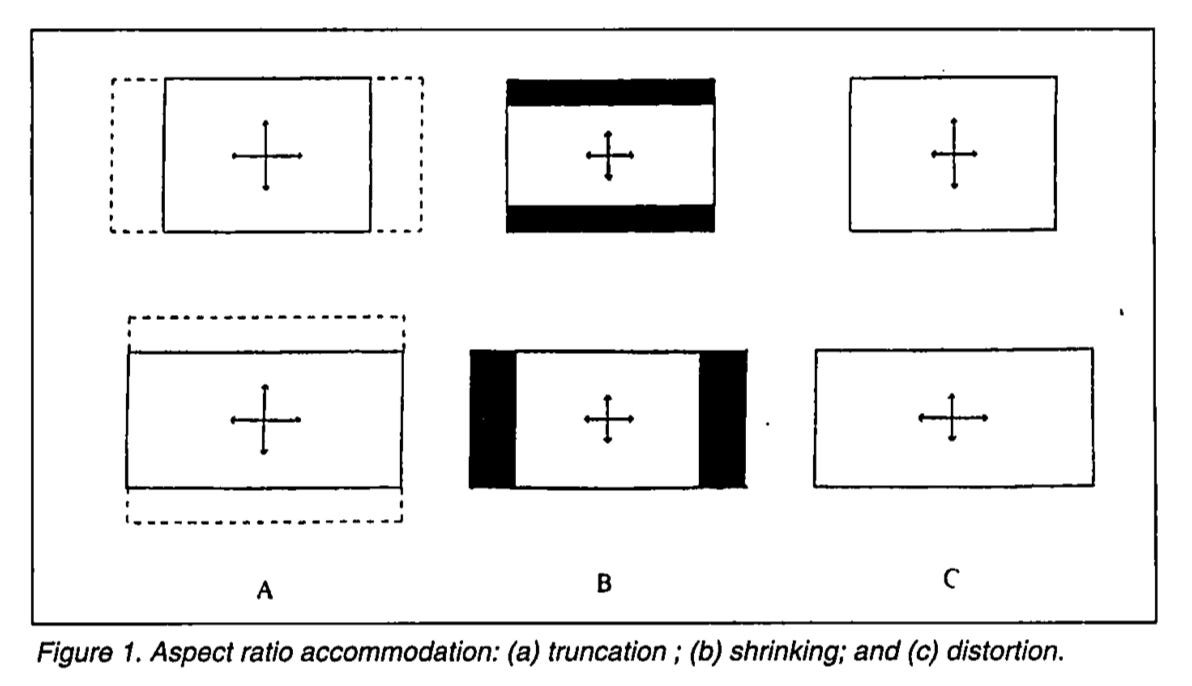Hello from the middle of August. Ready to escape the office?
Here are five fragments that stuck with me last week…
when you’re spending time with an ai—whether coding, writing, or thinking—you always max out on quality. nobody opens claude and thinks, “you know what? let me use the shitty version to save my boss some money.” we’re cognitively greedy creatures. we want the best brain we can get, especially if we’re balancing the other side with our time.
– Ethan Ding, “tokens are getting more expensive,” mandates, July 31, 2025. I saw Ethan described as “basically AI Matt Levine” and then started seeing this post everywhere.
People now miss 4o and want it back. We’ve seen this so many times with Replika - people often don’t want an objectively smarter model because they built a relationship, got attached or even fell in love with something and don’t want to lose it. We still (!) have to support an 800M transformer we built in 2020 for some old Replika users alongside sota models.
The most important things in life actually aren’t about chasing “better” - we don’t swap our partners, friends, kids or even dogs because we met a “better” or “smarter” one.
– Eugenia Kuyda on X, August 8, 2025. The counter to the above.
i’m not convinced the affection for 4o and distaste for 5 is only about sycophancy and addiction, there are clear attributes of the models textual ux that give 5 a distinct “personality” from 4o.
problem is people don't have the right words to be precise about the difference, so they just say stuff like “i love 4o” and “i hate gpt5” - the reality is gpt 5 is clearly prompted to be more direct, execution oriented, loves lists, starts everything with two word pithy exclamations, and writes--scientifically speaking--with a lot less conversational rizz.
humans are highly attuned to language. we can blind spot a text from our mom that’s different from a text from our spouse. we’d be deeply unnerved if a colleague was hot swapped for someone new and we were told to just act like they’re basically the same.
– Claire Vo on X, August 11, 2025. I always find Claire’s commentary perceptive. (Related: in response to a complimentary reply, she shot back “study liberal arts so you can be a personality oracle for our AI overlords and also write bangers.”)
We are surrounded daily by multiple aspect ratios not seeming to cause any incompatibility problems. Images in newspapers and magazines have a variety of aspect ratios both greater and less than one; the same is true of paintings and photographs. Even some computer display screens may be rotated from a horizontal aspect ratio (landscape) to a vertical one (portrait). When theatrical motion picture and television screens are considered together for the purpose of displaying the same imagery, however, the inherent incompatibility becomes more clear.
– Mark Schubin, “Searching for the Perfect Aspect Ratio,” SMPTE Journal, August 1996. Ran some deep research on the question of how 16x9 as a standard aspect ratio came to be and ended up on this article from the ’90s.
What enables LEGO’s obvious and non-obvious modularity is the deliberate choice of, and adherence to, a prescribed geometric basis – the LEGO Unit (LU).…As much as possible, the dimensions on each LEGO element are integer-multiples of the LEGO Unit or clean fractions of it. For example, the height of all LEGO studs is 1 LU, the diameter of all studs is 3 LU, the width of 1 x ___ elements is 5 LU, the height of bricks is 6 LU, the height of plates is 2 LU, and so on.
Why is this so important? When it’s time for a LEGO designer to create a new element, like a pile of four ice cream scoops, it’s pretty clear what the diameter of each ice cream scoop should be – 3 LU. Thus, the scoop will naturally fit into anything a LEGO stud could.
– Dallin Cordon and Chris Mattson, “The LEGO Brick,” The BYU Design Review, December 18, 2019. A 3D grid system…I knew I liked LEGO for a reason. Linked by Geoffrey Litt on X. (Previously.) This is my first encounter with The BYU Design Review, but I predict not the last. I mean!





